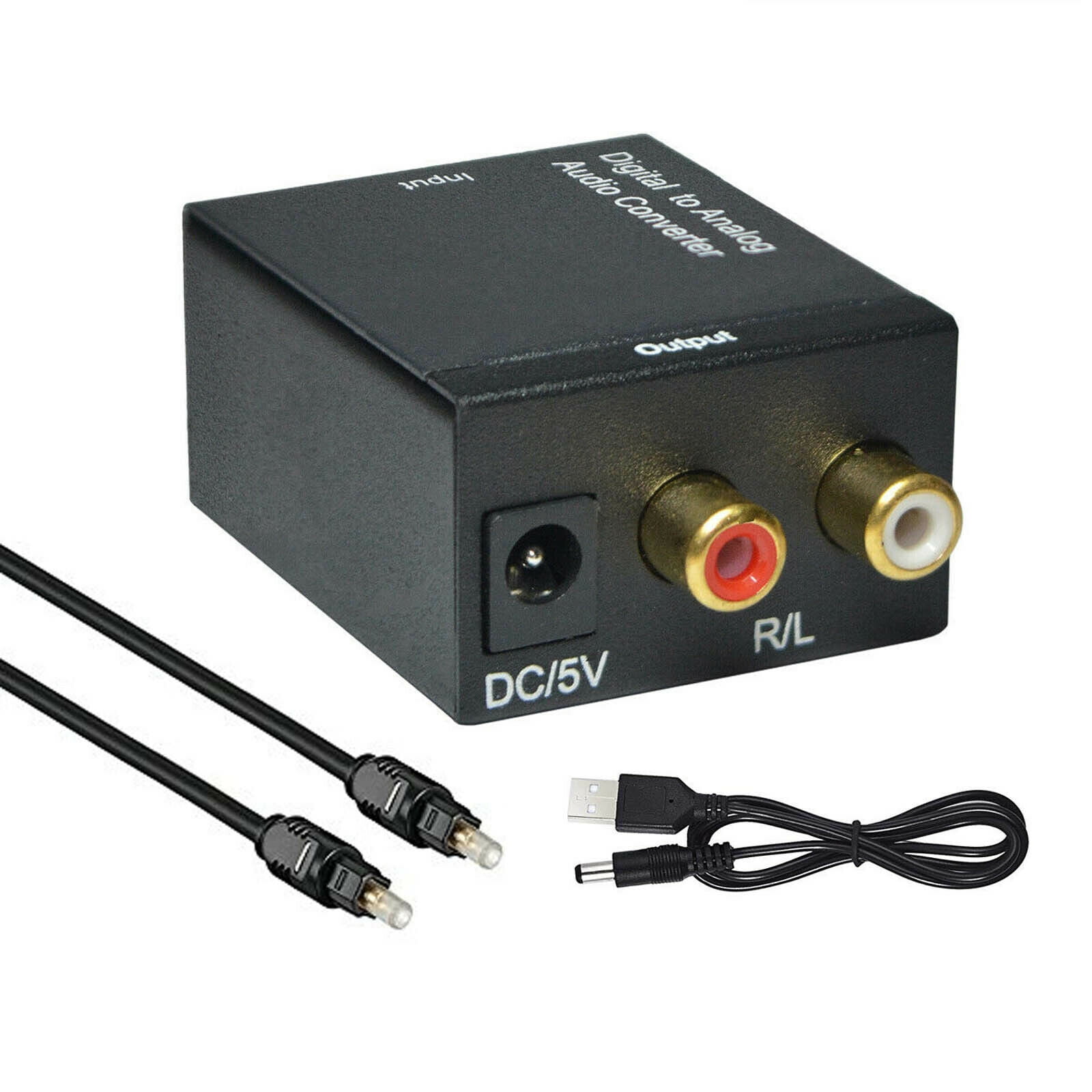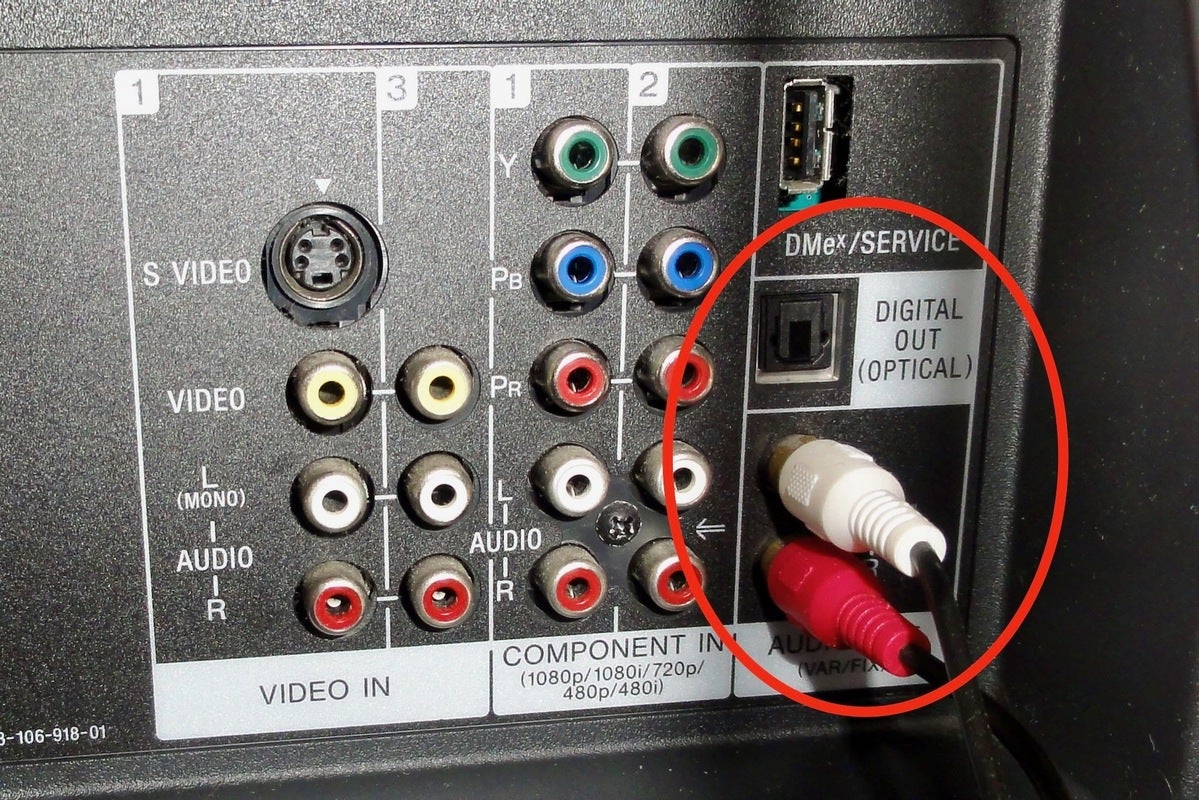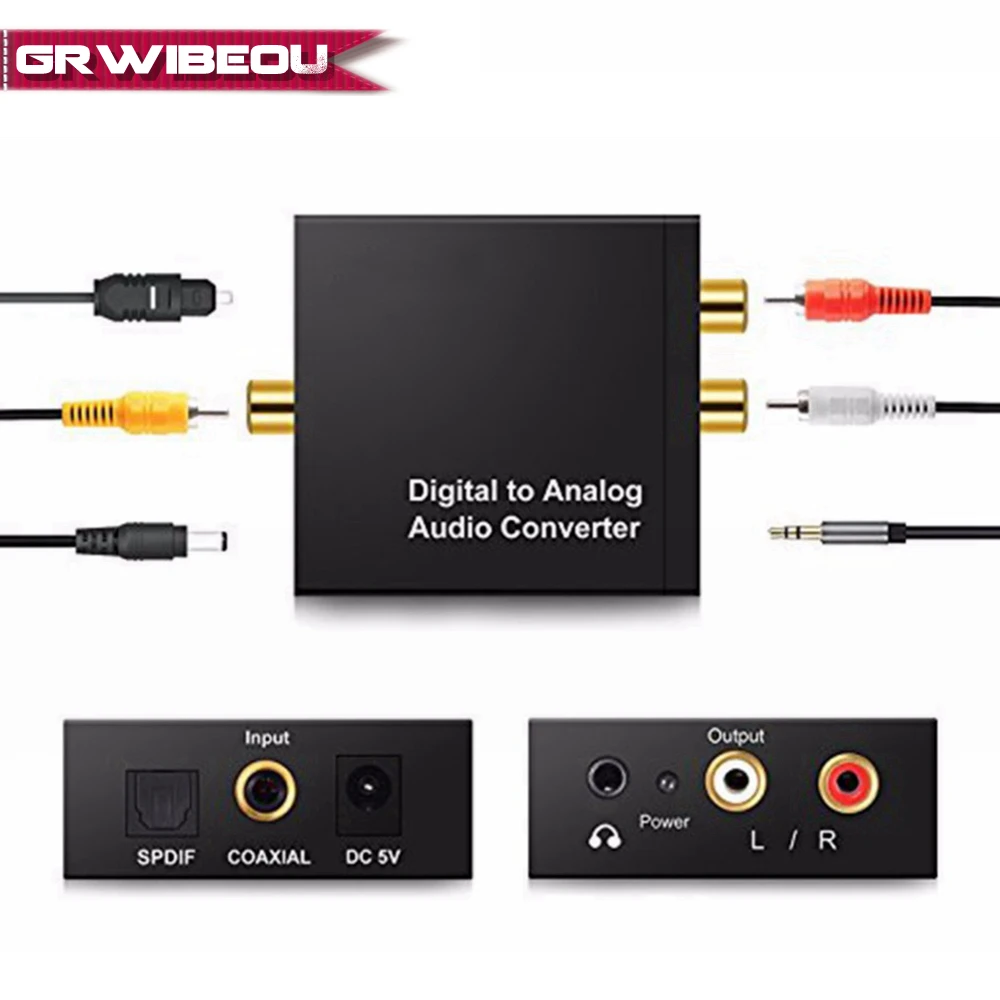
#DIGITAL AUDIO OUT TO RCA BEST BUY PC#
Note: Computer PC speakers are really easy to use and very affordable, making them a hassle-free way to connect speakers to your TV. However, if you don’t already have an amplifier and only have basic needs (like enough power to drive small speakers with ok sound) you don’t have to spend a lot of money. A home theater receiver or stereo amplifier with auxiliary audio inputs can also be used. Yes, you’ll need an amplifier to connect speakers to your TV, either separately or built into powered speakers like computer speakers.
#DIGITAL AUDIO OUT TO RCA BEST BUY TV#
Shown: A basic diagram showing why you need an amplifier to drive speakers with TV sound and how they work. 3.5mm (1/8″) headphone sized stereo jack: left, right, and ground signal connectionsĭo I need an amp to connect speakers to my TV?.RCA stereo jacks: left & right stereo signal outputs, which can be connected to a home receiver’s AUX input RCA or to powered speakers.The internal speakers in your TV use an inexpensive audio amplifier chip that supplies enough power to drive with decent, but not great, power & volume. Fiber optic output jack: This is almost always a TOSLINK type connector which uses a plug-in fiber optic cable you can buy (not expensive).Coaxial (RCA jack) digital output: very common for home subwoofer signal output, but can also carry full-range sound too as an alternative to a TOSLINK connector.

The standard digital audio outputs and what they support are:

They’re extremely common – however, not all TVs have them these days.ĭigital audio outputs, on the other hand, must be converted to an analog sound signal either using a converter box or can be connected to some home stereo/home theater receivers with digital audio inputs. Analog vs digital TV audio outputsĪnalog outputs can be connected to nearly any audio amplifier, powered speakers, or receiver with RCA or similar analog inputs. In this case, the audio is extracted from the TV signal, separated, and copied sent to both the internal speakers (if present) and the audio output jacks. Just like with any audio electronics without speaker outputs, the audio signal you can connect to comes directly from the internal electronics from the media you’re enjoying. Instead, they usually provide analog (and digital, sometimes) low-level outputs to connect to an amplifier, powered speakers, or a home stereo. The most important thing to know first is that TVs do not offer speaker outputs. Digital signals have to be converted back to analog before they can be used to drive speakers. Televisions usually have one or more types of audio outputs: analog (which can be amplified to drive speakers or connect to a home stereo receiver) or digital. However, the good news is you can connect speakers to a TV in other ways – and fairly easily, too! How TV audio outputs work + the common types

So, unfortunately, the bad news is that you can’t hook up speakers directly to a TV (I’ll explain why as we go). In that case, you’ll need an HDMI audio extractor that provides RCA output jacks. For TVs with only an HDMI output jack, it’s still possible to connect an external set of speakers or amp.

There’s no standard set of TV audio outputs, although most have RCA (stereo) jacks, a 3.5mm jack, digital optical/coaxial jacks, or something similar. The types of speaker system electronics & cables you need depend on your TV’s output jacks.Most TVs do, however, provide audio outputs that allow you to connect them to self-powered (computer) speakers, a small external amplifier, or a home stereo receiver.The majority of TVs do not provide speaker outputs that can drive speakers directly as that requires an amplifier of some sort to power them. Generally speaking, no, you cannot connect speakers directly to a TV.


 0 kommentar(er)
0 kommentar(er)
